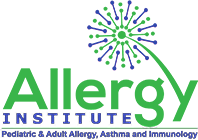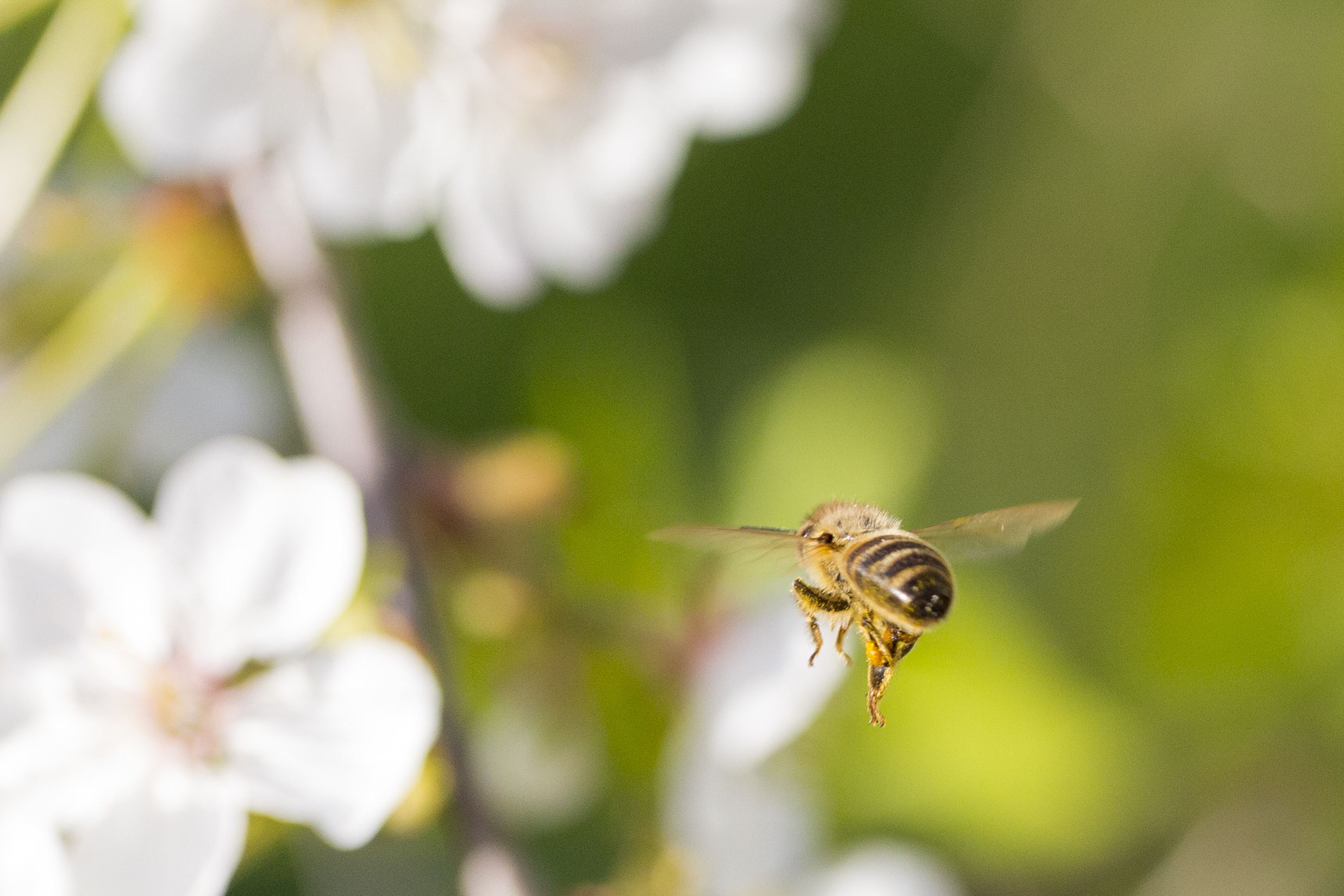Summer has arrived which means you’ll be spending more time outdoors than ever. While lake days, picnics in the park and hiking are fun, it also puts you in closer contact with lots of allergens, including bees. For those with a bee allergy, it also means heightened vigilance due to increased bee activity. Here are some tips to stay safe this summer if you or a loved one has a bee allergy.
Understanding Bee Allergies
Bee allergies occur when your immune system overreacts to the venom in a bee sting, triggering an allergic reaction. Reactions can range from mild, such as localized swelling and pain, to severe, like anaphylaxis, which causes constriction of airways, lowered blood pressure and more, and requires immediate medical attention.
Carry an Epinephrine Auto-Injector
If you have been diagnosed with a bee allergy, always carry an epinephrine auto-injector. This device delivers a dose of medication that can counteract a severe allergic reaction. Ensure you know how to use it correctly, and that it's not expired.
Additionally, if you’re able, make sure at least one other person with you knows how to utilize the epinephrine auto injector in case you are unable to inject yourself for whatever reason.
Wear Appropriate Clothing
When outdoors, wear long-sleeved shirts, long pants, closed shoes, and a hat to minimize skin exposure. Light-colored clothing is less attractive to bees than dark or bright colors. Also, avoid floral prints that might mimic the flowers bees are attracted to.
Avoid Strong Scents
Bees are attracted to strong smells. Therefore, avoid wearing perfumes, scented lotions, or hair products that could easily resemble the scent of a flower it would collect pollen from. Also, be mindful of food scents, especially sugary drinks, as they can also attract bees.
Be Cautious in Bee-Favored Locations
Bees tend to gather around flowering plants, garbage cans, and water sources. If possible, avoid these areas, especially if you notice bees buzzing around.
If you’re on a hike where flowering plants are pretty much unavoidable, be extra diligent about your clothing choices.
Regularly Inspect Your Property
Regularly check your property for signs of bee nests. Look out for small holes in the ground, hollow trees, or eaves of buildings. If you find a nest, don't attempt to remove it yourself. Instead, contact a professional pest control service.
Know the Signs of Anaphylaxis
Anaphylaxis is a severe allergic reaction that can be life-threatening. Symptoms can include difficulty breathing, swelling of the throat, rapid pulse, dizziness, or loss of consciousness. If you suspect anaphylaxis after a bee sting, administer the epinephrine auto-injector and call emergency services immediately.
Create an Emergency Plan
If you're allergic to bees, having an emergency action plan is crucial. This plan should include what to do in case of a bee sting, including how to use the epinephrine auto-injector, emergency contact numbers, and important medical information. Share this plan with family members, friends, and co-workers.
Consult an Allergist
If you've had a severe reaction to a bee sting, consult an allergist. They can conduct tests to confirm a bee venom allergy and may recommend venom immunotherapy. This treatment involves regular injections of small amounts of bee venom to help your body become less sensitive to it.
Conclusion
Living with a bee allergy can seem daunting, especially during the summer. However, with the right precautions and preparations, you can enjoy your favorite outdoor activities while keeping safe. Always remember, if you experience a severe allergic reaction, seek immediate medical help. Your safety is the most important thing.



.jpg)

